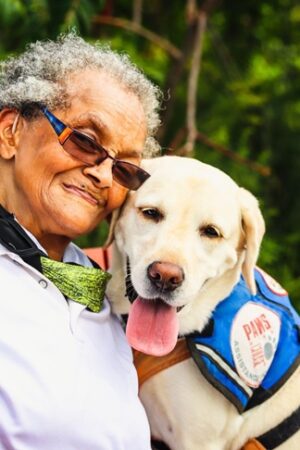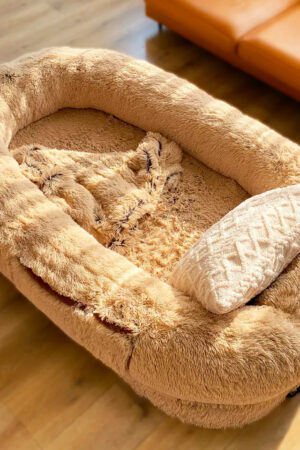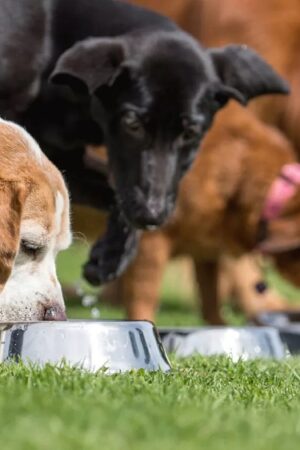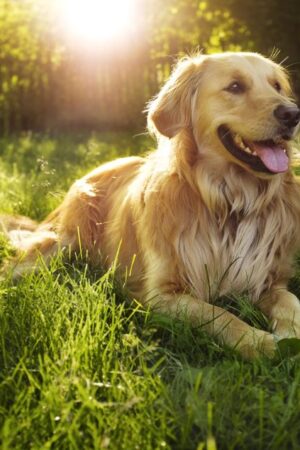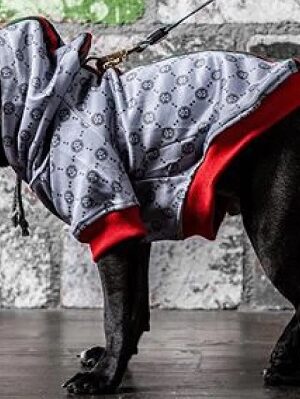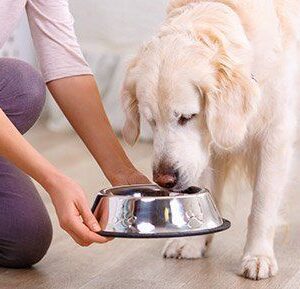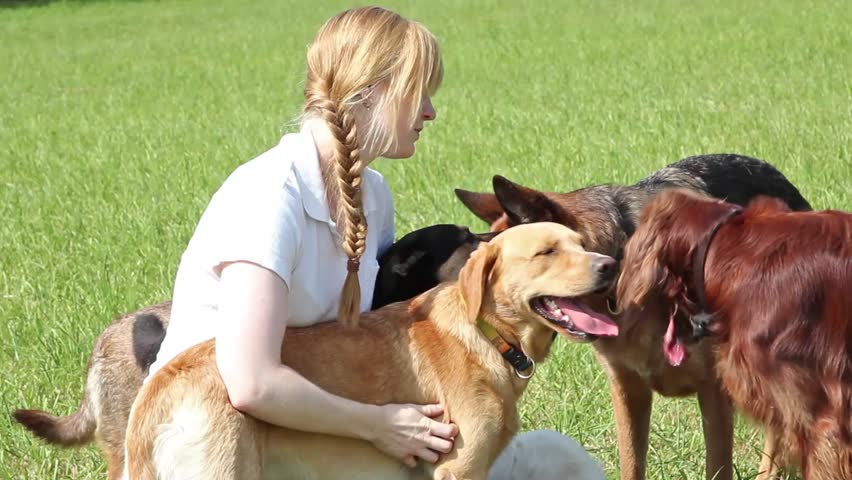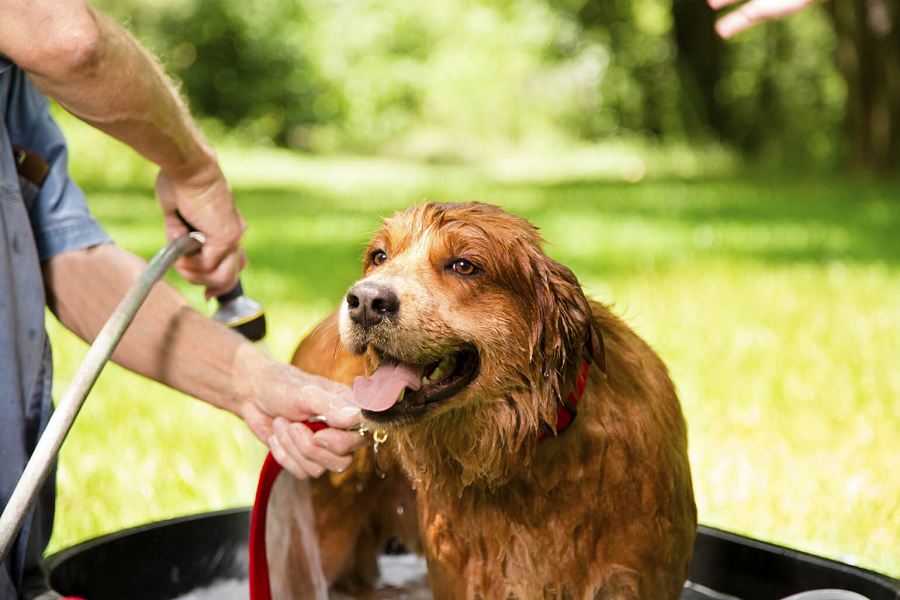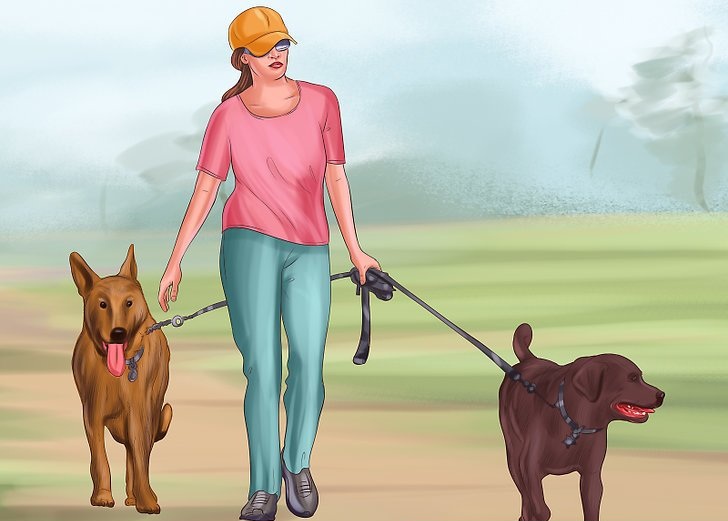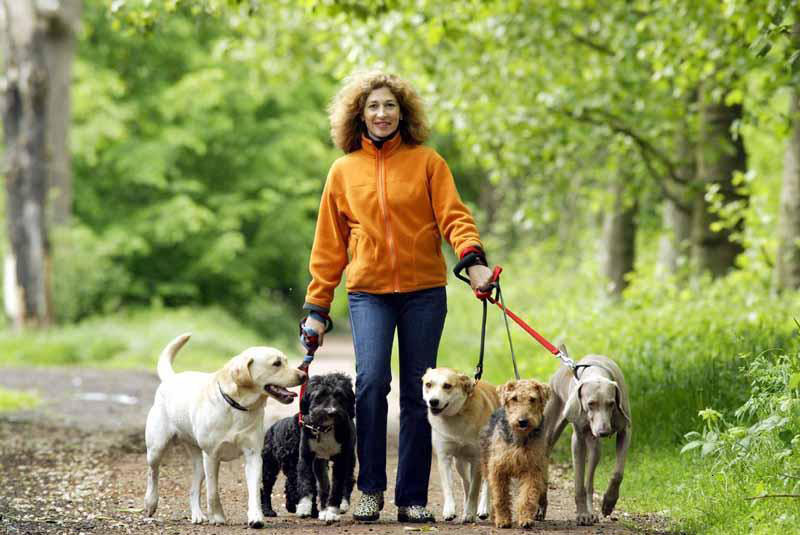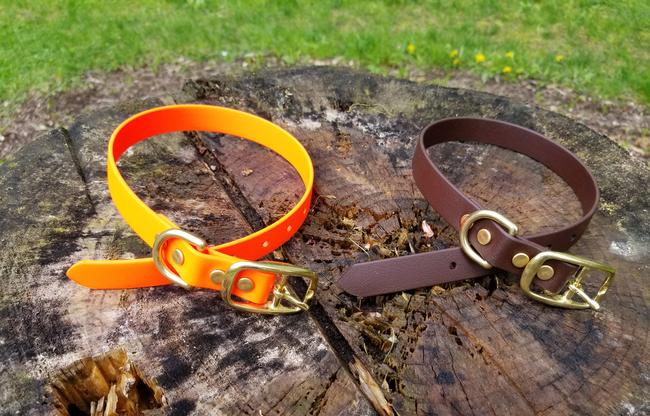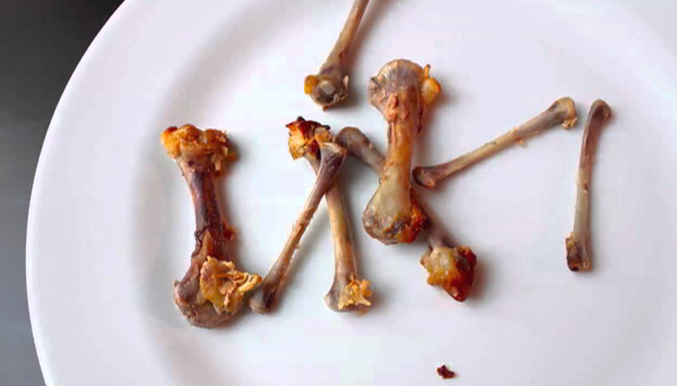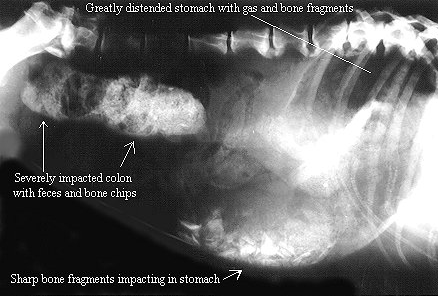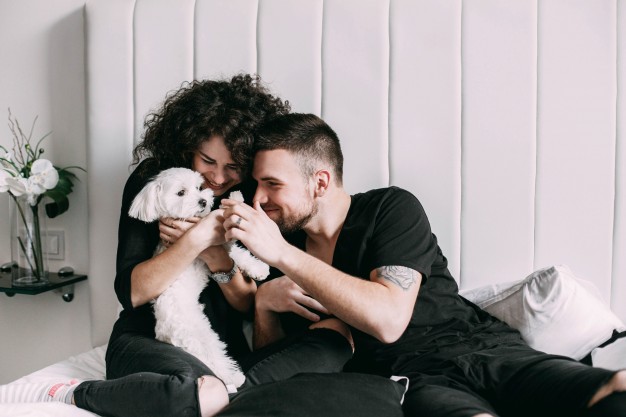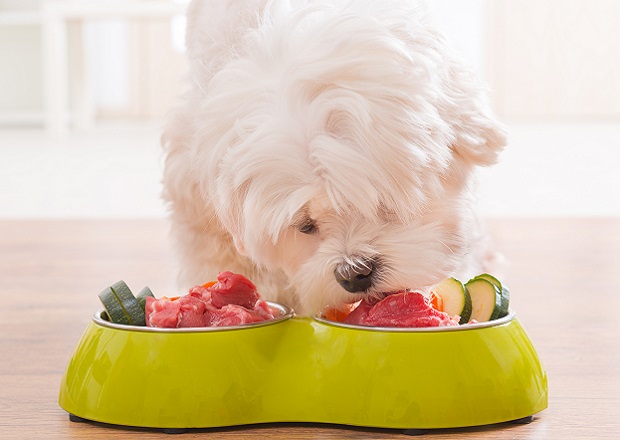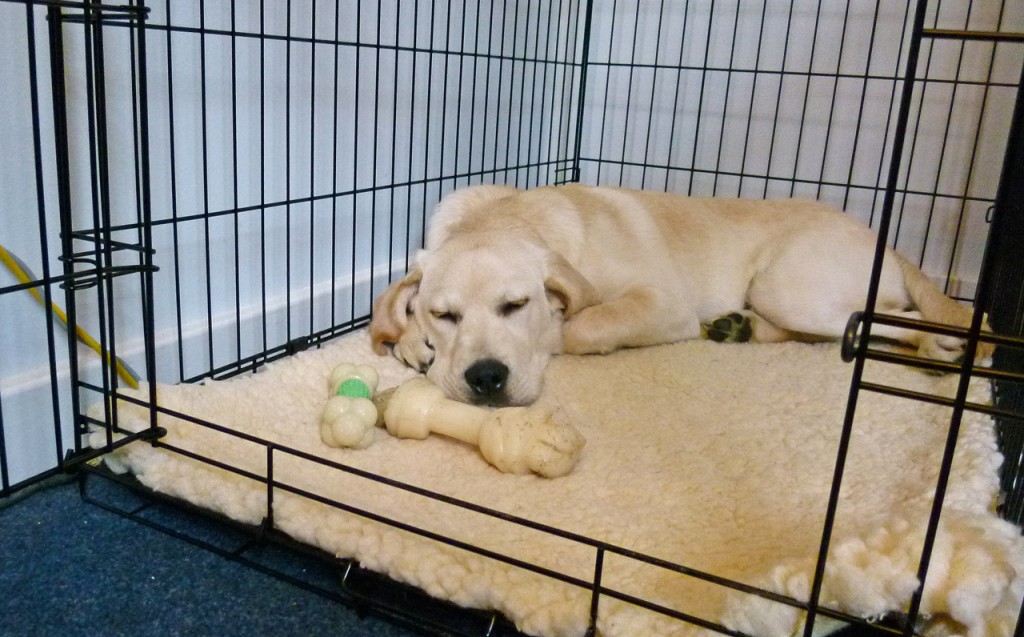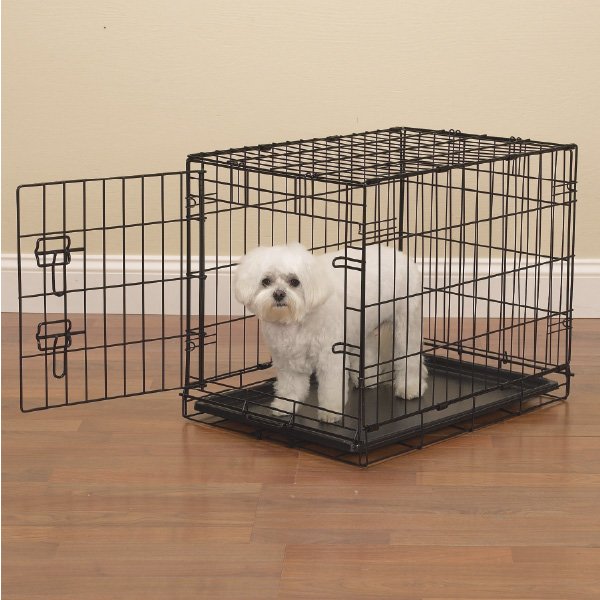We’re a nation of dog lovers, but we also love our TV and films. Some of the most memorable and beloved on-screen stories revolve around, or at least feature, a canine character — but which ones are our favourites?
Alongside Feedem — a leading UK dog food supplier — we’ve compiled a list of the most adored on-screen dogs! Check it out and see if your favourite made our list…
Toto from The Wizard of Oz
As one of the world’s most beloved films, it’s no surprise that canine hero, Toto, is today an instantly recognisable pooch star. Toto was Dorothy Gale’s male canine companion in The Wizard of Oz, however, ‘he’ was actually played by Terry — a female cairn terrier. With major scenes that included escaping the Wicked Witch (twice) and revealing the true identity of The Wizard, some may say Terry earned more than her reportedly $125-a-week salary — a very healthy sum at the time and more than what many other human cast members made!
Terry had a long career in Hollywood. She was coached by Hollywood dog trainer, Carl Spitz; starred alongside Shirley Temple in Bright Eyes, had a daughter who also went into the acting business, and appeared in 16 films throughout her life — although, she only ever received credit for one, which was The Wizard of Oz. Terry died when she was 11 years old in 1945 and today, she has a permanent memorial at the Hollywood Forever Cemetery in Los Angeles.
Lassie from Lassie Come Home
Potentially the most famous rough collie character in the world, the Lassie film series was a massive hit during its heyday in the 1940s. The succession of movies began with Lassie Come Home — an MGM production starring Roddy McDowell, Elizabeth Taylor and canine star, Pal. Despite being a female dog in the books, Lassie was usually portrayed on screen by male canines due to this gender typically having thicker, nicer-looking coats.
Lassie Come Home star, Pal, was born in 1940 in Hollywood and competed against around 1,500 dogs to clinch the role of Lassie. However, he didn’t initially impress the casting officials and the job went to a female rough collie, instead. But, Pal’s big break was soon to come. During an action scene featuring raging waters, the female Lassie was unwilling to play her part. Pal, on the other hand, stepped in and stole the scene, completing the take so well that the female dog was released and he became the world’s first film-version Lassie. In his career, Pal starred in seven films and two TV shows before dying of natural causes in 1958.
Scooby-Doo from the Scooby-Doo TV series
Loveable Great Dane, Scooby-Doo, is one fifth of the ‘Mystery, Inc.’ crew that travel the country in their Mystery Machine in search of masked villains. From 1969 until the present day, the Scooby-Doo character — famous for his well-timed bungles, love of snacks and fear of all things spooky — has appeared in countless cartoon shows, animated films and live-action movies.
Originally, Scooby-Doo was voiced by Don Messick and the character — whose full name us Scoobert Doo — got his name from Frank Sinatra’s song, Strangers in the Night. Not only is this cartoon canine instantly recognisable to look at, but his famous speech impediment of pronouncing most words as if they began with the letter ‘R’ has helped make him an icon of animation. Officially, Scooby-Doo has been voiced by five people and has countless on-screen relatives — including Scrappy-Doo, Scooby-Dum, Momsy, and Dad-Doo.
Beethoven from the Beethoven film series
Who can forget the slobbering hero, Beethoven the St. Bernard? The first of the Beethoven films — starring Charles Grodin and Bonnie Hunt — was released in 1992 and became an instant hit. Not only was the film warmly received, but the release also boosted the public’s interest in the St. Bernard breed!
But who played the lead role? The part of Beethoven was originally played by a 200-pound pooch named Chris, who was coached by Karl Lewis Miller — a trainer that also coached animals in the productions of Babe and K-9. Sadly, Chris died shortly after the completion of Beethoven 2. Since no other dog was found that could fulfil the role as well as him, multiple canines were brought in with different acting skills and temperaments for future films — including a boy named Benz and a girl named Dolly.
Eddie from Frasier
Moose — a Parson Russell Terrier born on Christmas Eve in 1990 — is most famous for his role as Eddie Crane, the pet of the title-character’s father in the long-running, US TV sitcom, Frasier. Amazingly, Moose won the role after just six months of training and his most famous scenes were usually holding a long, unbroken staring contest with Frasier Crane — which ended up being one of the show’s most popular sight gags.
But Moose didn’t have a typical actor’s personality at first. The dog was originally raised in Florida and was a bit of a hell-raiser — barking, digging, chewing, and refusing to be housetrained. As a result, he was sent to the animal training company, Birds and Animals Unlimited, before being flown to a trainer in LA where he eventually made a name for himself in Frasier (1993-2000) and the film, My Dog Skip (2000). Before retirement, Moose also appeared on Entertainment Weekly magazine and released an ‘autobiography’: My Life as a Dog.
Brian Griffin from Family Guy
Brian Griffin of the animated show, Family Guy, is perhaps the most eloquent and rational of the cast, and today, possibly one of the most famous dogs currently on TV.
This white Labrador differs from many other canines in the popular series by using two legs to walk, driving a Toyota Prius, attending university, and writing novels. Often central to most episodes, Brian was actually killed off in 2013. However, due to an outcry of fury from fans, the beloved pooch was resurrected and returned to the show to pick up where he left off.
Brian is voiced by Seth MacFarlane and is believed to be one of the show’s best merchandising characters.
Marley from Marley & Me
Potentially one of the greatest tearjerker films ever, Marley & Me, starring Jennifer Aniston and Owen Wilson, is actually considered a comedy-drama film and is based on a book by John Grogan.
Marley & Me follows an unruly pup through his life as part of the Grogan family. Unlike the other pooches in our collection of most famous dogs in film and TV, the character of Marley was portrayed by 22 yellow Labradors — mainly due to character development throughout the film.
Released in 2008 to mixed reviews, Marley & Me has since made a total worldwide box office of approximately $242,717,113 and ranked at number five in the Metro newspaper’s ‘Top 20 films to make you cry’ list!
Sources:
http://www.wolfstoria.com/famous-tv-movie-dogs/beethoven-aka-chris/
http://www.everythingzoomer.com/arts-entertainment/2017/07/14/terrific-women/
http://nj1015.com/tvs-top-20-famou-dogs-of-all-time/
http://dogtime.com/trending/30307-10-best-dog-heroes-film-television

